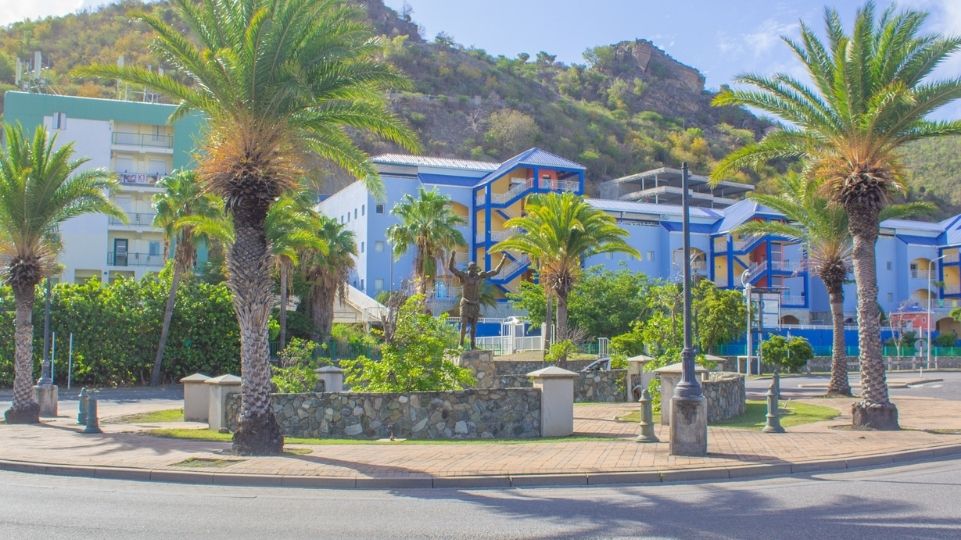THE TOP 10 THINGS TO DO ON ST MAARTEN THIS WINTER FOR HISTORY BUFFS!
Are you someone that is interested not just in the sights, but also in the history of locations you travel to? St. Maarten offers plenty of opportunities to discover its uniquely binational history. Let Visit St. Maarten guide you through some recommendations for things to do on your itinerary.
1. The St. Maarten Heritage Museum
This Philipsburg gem is easily reached for both stay over tourists doing a day of “town” as there is multiple parking opportunities in the vicinity, but also a 10 minute walk from the cruise pier. The Heritage Museum, free of entry charge (but leaving some dollars in the tip jar is much appreciated!) gives a great synopsis of the history of both sides of the island.
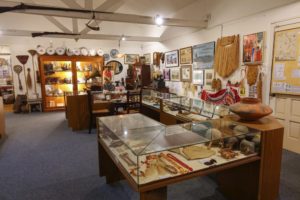
2. Philipsburg Mural Walk
With the help of the BeTheChange foundation and many island supporters, many Philipsburg walls have recently been decorated with paintings of local artists. Apart from great art work of local artists varying from fashion designer Zillah Hazel to design artist Loic Bryan, the walls also tell you about the history of St Maarten and its culture.
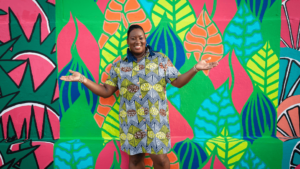
3. Amuseum Naturalis
When venturing out of Philipsburg, the totally volunteer – Amuseum Naturalis is a must see. From nature history to local building traditions, the fact that this “Amuseum” is located at the “Old House” plantation offers a great glimpse of what history and nature really looked like. In addition, the view from the lush museum gardens gives a great view over Orient Bay Beach and Le Galion Beach.
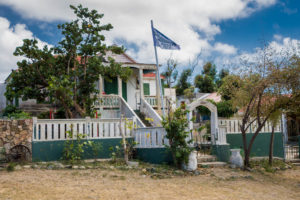
4. Fort Louis
When on the French Side, Fort Louis is a must. The towering view of this most complete fortress of the island over Marigot is impressive; with only some steps the latters shopping center is within reach.
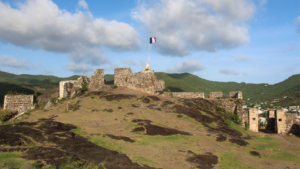
5. Fort Amsterdam
Right behind Divi Little Bay Resort, one finds Fort Amsterdam. This fort guarded the first Dutch settlement at Little Bay, and later the Great Bay Salt trade. The peninsula fort gives a great view of both Great and Little Bay, Philipsburg and the cruise port. In one of the battles for the fort against the Spanish Peter Stuyvesant lost his leg and got the nickname “Peg Leg Pete”. A statue for him can be found in the cruise port.
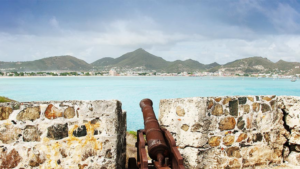
6. The “Salt Axis” & Courthouse
A one kilometre stretch from Captain Hodge Pier to the Salt Pickers Monument gives you a short but concise impression of St. Maartens important salt trade – and more. From the central cruise ferry pier at Captain Hodge pier, see the monuments in Captain Hodges honor and that for those fallen in the second world war on behalf of the Netherlands Antilles, of which St Maarten was part until 2010. Cross the central square of Philipsburg, and see the landmark Courthouse with adjacent the Salt warehouse. Pass by the warehouse to another central square called Clem Labega square, with behind it the Salt pickers monument, where salt was collected from the Great Salt Pond.
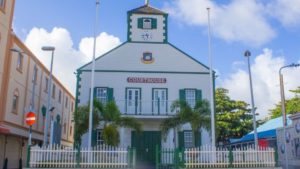
7. Old Simpson Bay Village
For a long time, no roads connected the western part of Dutch side St Maarten (Simpson Bay) with the eastern side (Philipsburg). Boats were the main means of transport until the Simpson Bay Bridge was created. Remnants of the old village still remain; follow the backroad from the police station at the bridge all towards Mary’s Boon and discover a peaceful walking lane with small churches and other remnants of the past.
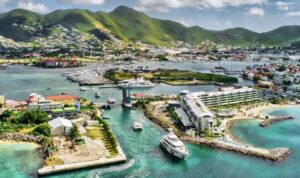
8. The Emilio Wilson / Rainforest Adventure Park Museum
For those choosing to take the Soualiga Sky Explorer up Sentry Hill and coming down with the Flying Dutchman Zipline, (or for those choosing to remain at the base station anyways) there is a nice and informative museum included in Rainforest Adventures Park. It displays an array of information about Emilio Wilson, the park and the plantations in the Cul de Sac Valley and general information on St. Maarten History.
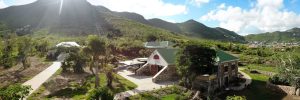
9. Zoutsteeg
Philipsburg has quite an amount of “stegen” (Dutch for “alleys”) but none historically has been as important as the zoutsteeg (salt alley). This is because of a historical find by construction workers in 2010: the remains of three slaves. Known as the Zoutsteeg Three, the remains of the two men and one woman were of direct interest for archeologists because of their teeth, intentionally filed down. This tradition is only associated with certain regions of Africa.
The artifacts associated with the burials indicate that they dated to the late 17th century, prior to the foundation of the town of Philipsburg in 1735. Experts from the University of Copenhagen and Stanford University used whole-genome capture and next-generation sequencing to isolate the scant DNA remains of the Zoutsteeg Three. By comparing this evidence with the DNA of modern West African populations, they have learned that one of the slaves likely originated among the Bantu-speaking population of Cameroon, while the other two probably came from non-Bantu-speaking regions of Nigeria and Ghana. “We were able to show that we can use genome data to trace the genetic origins of enslaved Africans with far greater precision than previously thought possible,” said Hannes Schroeder of the University of Copenhagen. “This has important implications for the study of Caribbean slavery and the archaeology of the African diaspora”. Though unfortunately the alley does not provide reminders or monuments of their graves, the alley remains worth a visit.
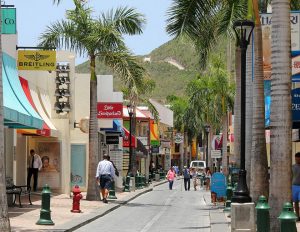
10. Loterie Farm
Together with the Old House and the houses at Rainforest Adventure Park, Loterie Farm amidst a lush valley provides a historically well preserved plantation. Along the walking trail leading to Pic Paradis, old remnants can be found of sugar mills. The surrounding fields of the planters mansion are aligned with “slave walls”, stone walls made out of rocks removed from the fields. A Fleming family family grave can be found in the middle. Next to a glimpse of history, on top of the old stables is a famed restaurant of the same name.
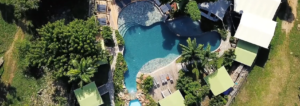
See for a full overview of activities the things to do on St Maarten activities page.

